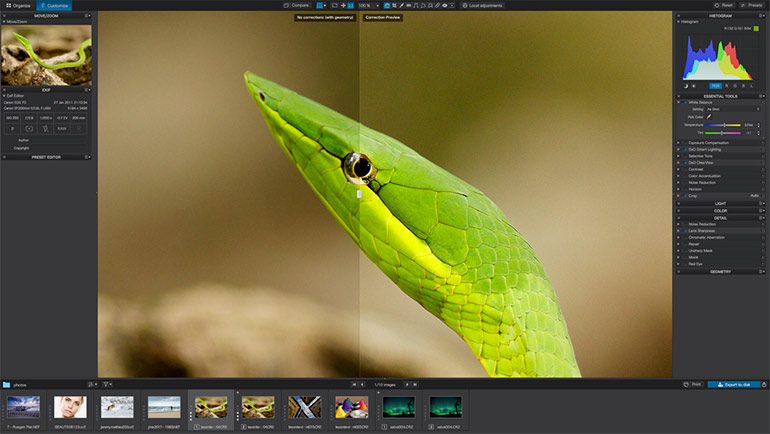
The really good news is that DeepPRIME comes at only a small extra cost in speed over PRIME despite its noticeably better results in most cases.

Performance: DeepPRIME comes at a cost, but no more so than PRIME In this ISO 51,200 Canon 90D shot, it nicely resurrects the top of the chain which is all but lost by PRIME, but the fine latticework above looks obviously off. When comparing fine detail against a shot at lower ISO, the improvement is more like a stop or less, and this is especially noticeable in man-made details like fine text where the algorithms can't recreate detail that was irretrievably lost to noise in the original image.īut for many shots, the illusion of that fine detail is all that's needed, and so DeepPRIME can give your shots the appearance of a multiple-stop improvement over HQ denoising, which to my mind already handily beats Adobe's noise reduction.Īs mentioned earlier, man-made subjects typically represent the strongest challenge for DeepPRIME. (Click or tap the links for full-res versions.)

Clockwise from top left are 100% crops as processed by Adobe, PhotoLab HQ, PRIME and DeepPRIME. The crops from the above ISO 25,600 shot by the 32.5 Megapixel Canon 90D show an obvious advantage for DeepPRIME in my son's pupil and iris. Its artificial intelligence algorithms can manage to recreate detail quite convincingly, but at the end of the day, it's a clever trick, in much the same way that unsharp masking doesn't actually make your images sharper, but rather fool your eyes into seeing more sharpness with tweaks to contrast. In terms of noise levels, I've found DeepPRIME to give the appearance of around a three-stop improvement, but it's important to note that it's not a replacement for shooting at a lower sensitivity in the first place, wherever possible. Next up, an ISO 12,800 shot from the 20.2 Megapixel Sony RX10 II, again as processed with DeepPRIME.Ĭlockwise from top left are 100% crops as processed by Adobe, PhotoLab HQ, PRIME and DeepPRIME. Just occasionally though, PRIME still does a better job with things like very fine, repeating low-contrast details like feather patterns that DeepPRIME can lose, so I'm glad to see both options remain available. Compared to PRIME, DeepPRIME tends to make these areas look less splotchy and mottled. That difference is most noticeable around high-contrast edges and in natural textures like rock, fur, hair and foliage. So how do the earlier PRIME and new DeepPRIME compare? I've run hundreds of images through both algorithms and compared them side-by-side, and I've found DeepPRIME to offer a pretty noticeable improvement for most images, at least for larger print sizes and when viewed 1:1.


 0 kommentar(er)
0 kommentar(er)
